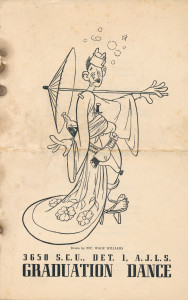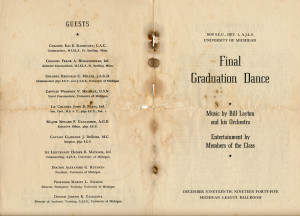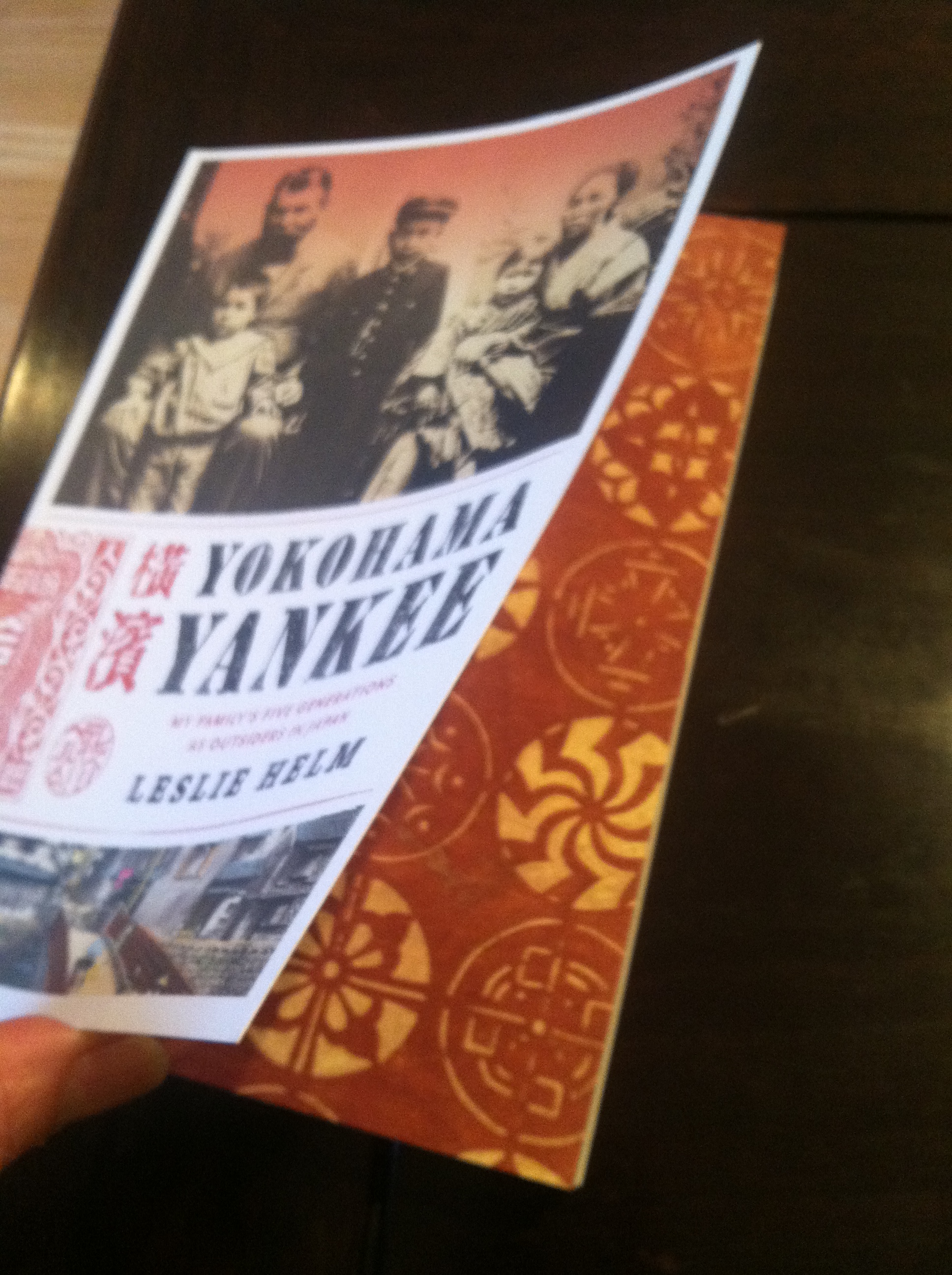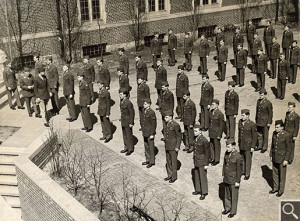
 It was sad to learn today of the death of James Cahill, one of the foremost authorities on Chinese Art. It was great, however, to see that the New York Times gave him such a great write up. One thing the Times didn’t mention was that “Jimmy” Cahill, as my parents used to call him, was first introduced to Asian languages when he studied Japanese at the U.S. Army Japanese Language School.
It was sad to learn today of the death of James Cahill, one of the foremost authorities on Chinese Art. It was great, however, to see that the New York Times gave him such a great write up. One thing the Times didn’t mention was that “Jimmy” Cahill, as my parents used to call him, was first introduced to Asian languages when he studied Japanese at the U.S. Army Japanese Language School.
That language school at the University of Michigan, along with the U.S. Navy Japanese Language School, trained a whole generation of Japan experts. Some of the students such as my father, who was in Cahill’s class, were “BIJ”s. They were chosen because they were born and raised in Japan and were proficient in the language. George Moore and Hans Baerwald, also in Dad’s class, were both BIJs and both went on to become professors with expertise in Japan. Most of the other students were chosen based on I.Q. because it was understood that Japanese was such a difficult language to learn. One of the students, Joe Guilfoile, who would later serve on the board of our family company, Helm Brothers, told me that he had been plucked from college and ordered to study French. At the last minute, they said they had plenty of French speakers and needed more people to study Japanese so they moved him into the Japanese language school at Michigan.
Dad used to complain about how tough the school was. (While he had an edge in spoken Japanese, he said it was hard to compete in the written language with all the geniuses at the school who seemed to have photographic memories.) But of course all the students were thrilled not to be fighting at the front, where they would be sent if they didn’t keep up with their grades. Here’s a fund write up on the Intensive Japanese Language School at Michigan established in 1942.
…hundreds of American soldiers could be seen traversing the streets of Ann Arbor constantly writing invisible Japanese characters in the air—often to the befuddled stares of passing pedestrians. With local interest piqued, in January 1943, Major General George V. Strong, an assistant to the Joint Chiefs of Staff, felt it necessary to dictate the following telegram to the University:
“IT IS THE DESIRE OF THE WAR DEPARTMENT THAT NO REPEAT NO PUBLICITY OF ANY KIND BE GIVEN THE ARMY LANGUAGE SCHOOL AT THE UNIVERSITY OF MICHIGAN YOUR COOPERATION WILL BE APPRECIATED.”
The army, it seems, regarded the Japanese Language School’s presence in Ann Arbor as a military secret. Nevertheless, the Michigan Daily and the Ann Arbor News both found the program too good to ignore and ran frequent stories about it. Student life in the language school was intense. Students were housed in the East Quadrangle and were expected to be dressed and present at 6:08 each morning. Classes were from 8:00 to 10:30am, then resumed at 1:00pm each day except Fridays, when Japanese films were shown. Study hall at 8:00pm was mandatory in the Law Library for all students with lower than B averages; lights out at 10:30. Rumors ran on with stories of tunnels in the basement of East Quad or skillful escapes over gates to avoid bed checks.
War is always tragic. But it’s even more tragic when we go to war, as we often do now, with little or no knowledge of the languages or cultures of the nations where we are fighting. I don’t believe in being nostalgic about war. But it does seem like the language schools were one way in which the U.S. got it right during World War II.

